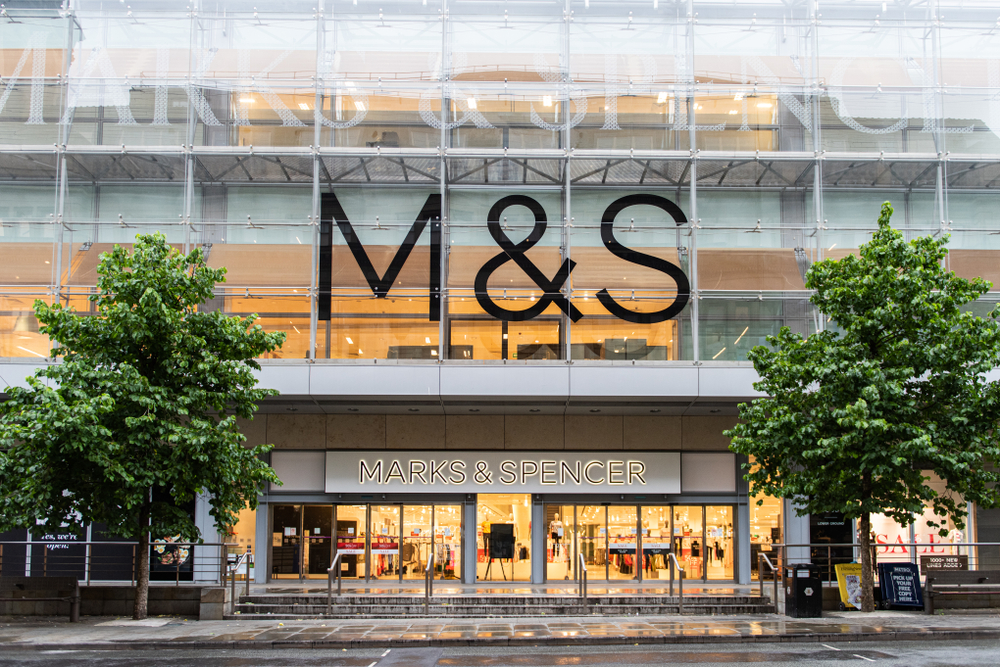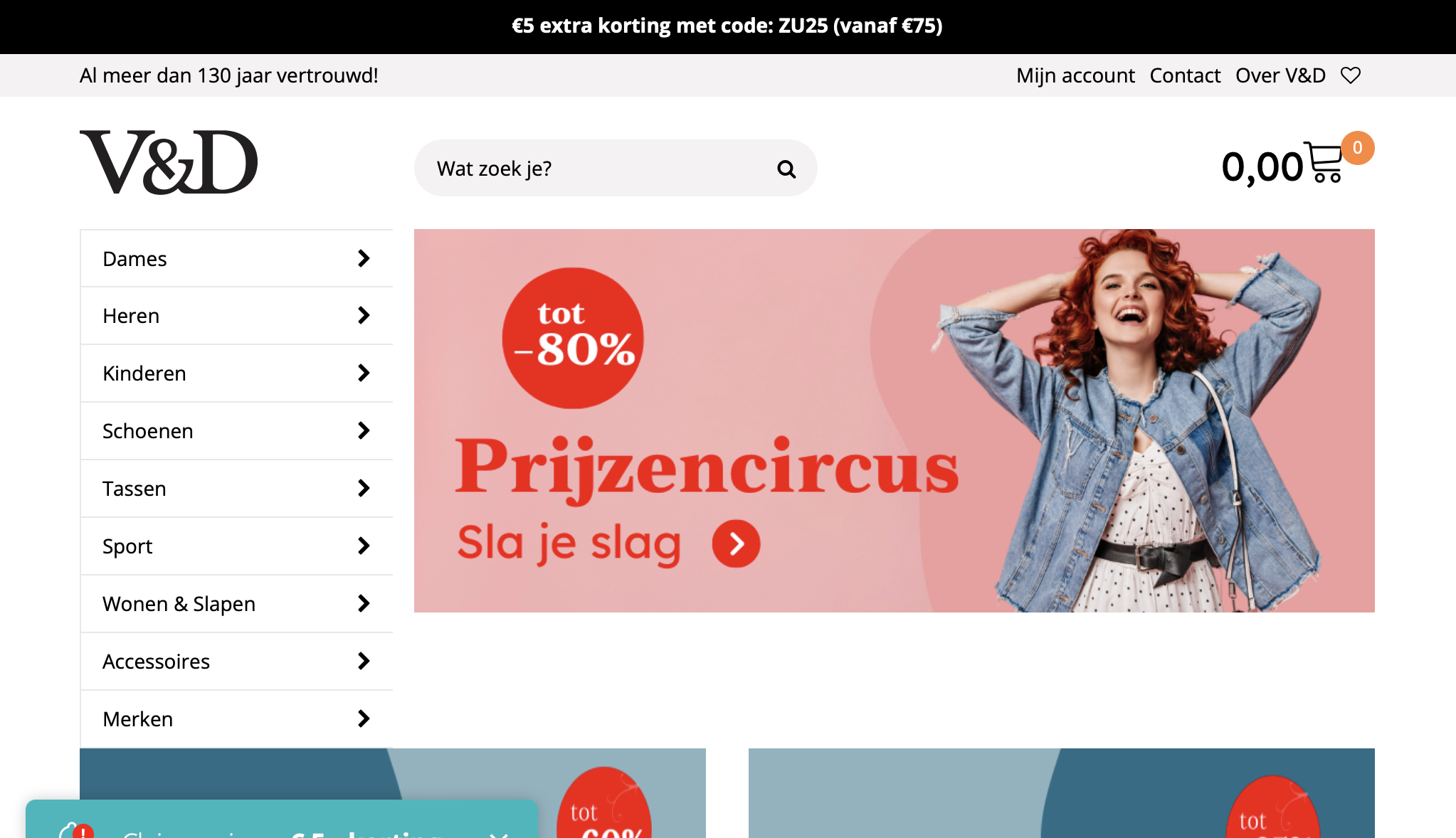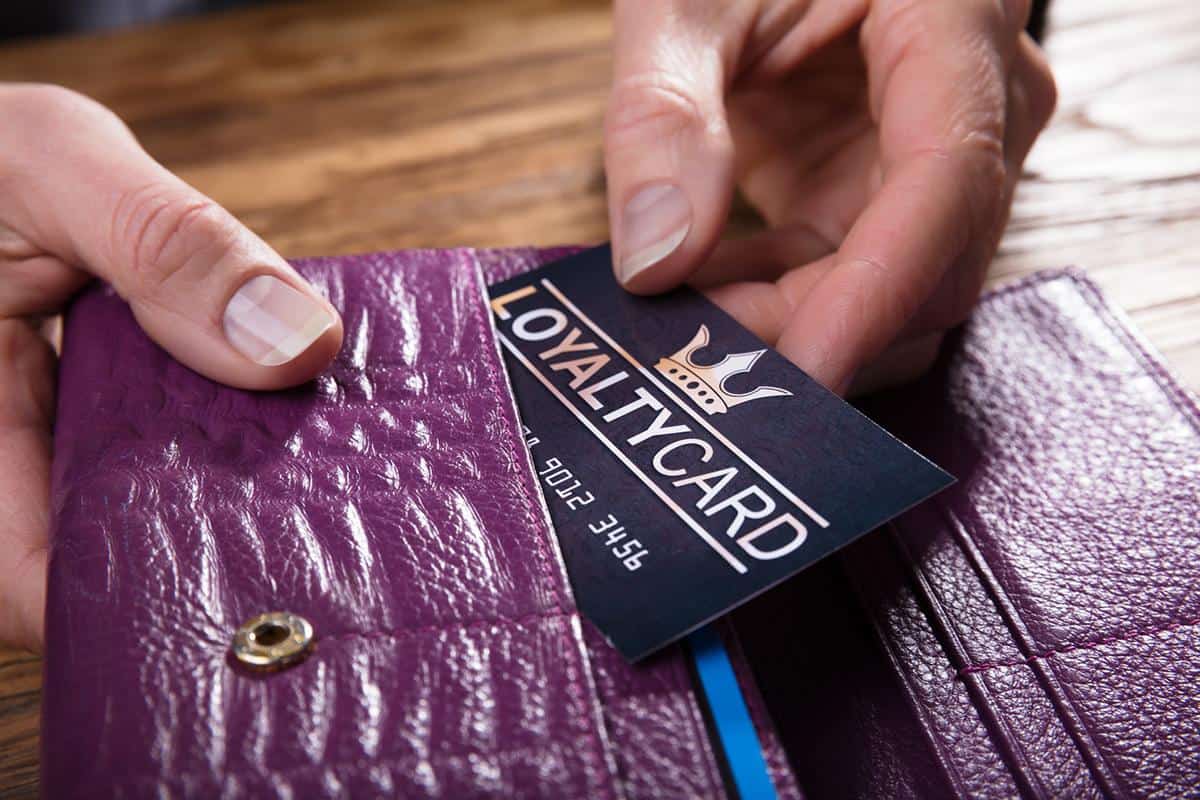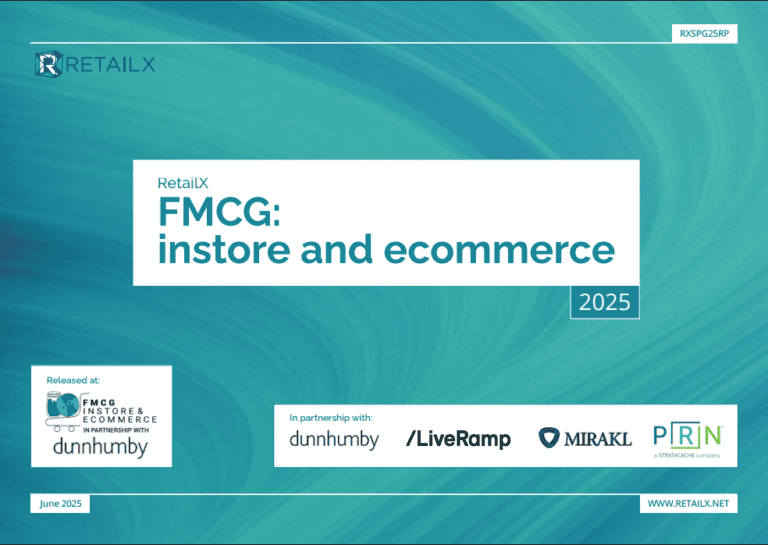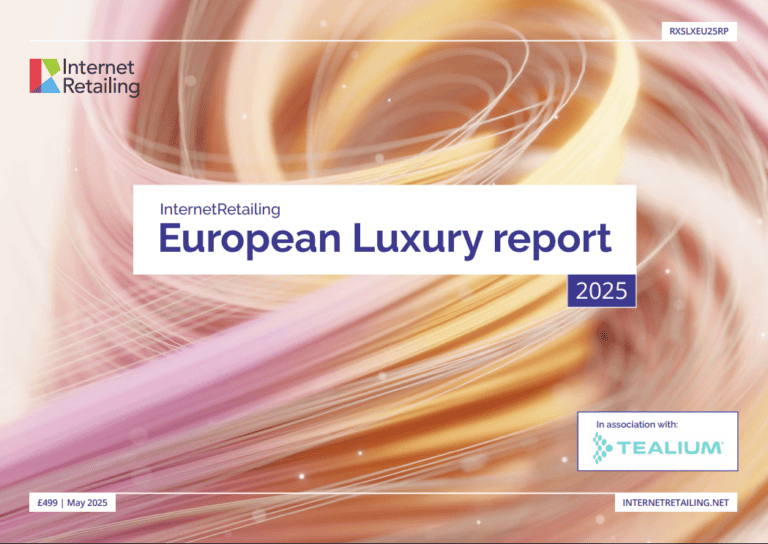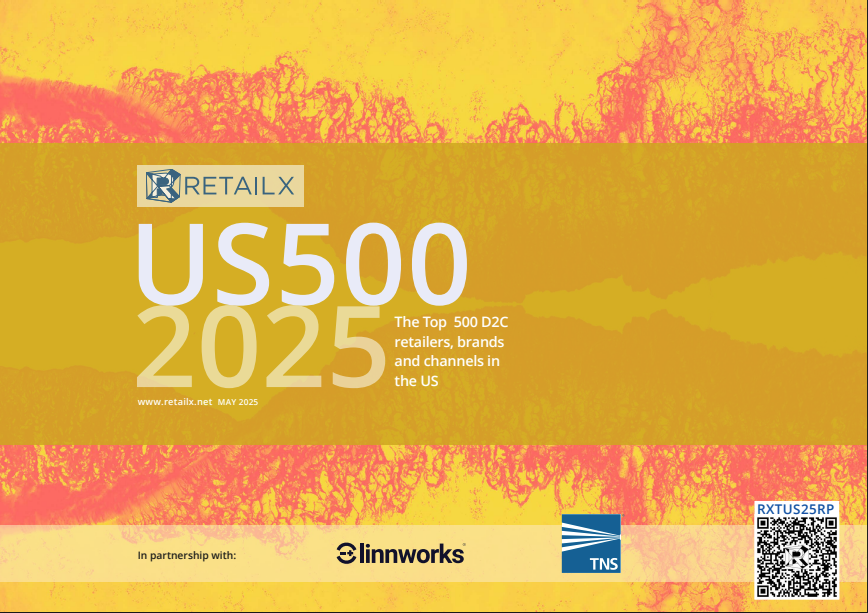Easter helped bring shoppers out to shop on the high street in April, according to British Retail Consortium (BRC) figures released this week.
Visitor numbers to retail stores in April were up by 1.6% compared to the same month last year, and well ahead of the three-month average of 0.7%, according to the BRC-Springboard Footfall and Vacancies Monitor for the month.
The figures come after BRC data last week suggested a rise in both ecommerce and in-store retail sales during the week, again, thanks to the Easter effect.
This week’s footfall figures show a healthy rise in the number of visitors to the high street, up by 2.3% in April, compared to the same month last year. That’s above the three-month average of 1.4%, and the fastest growth since March 2014. Retail parks welcomed 2.7% more visitors, but shopping centres saw footfall decline by 0.6%.
Some 9.3% of town centre stores were vacant during the period, thanks to an improvement in vacancy rates in greater London.
Helen Dickinson, chief executive of the BRC , said: “The Easter holidays boosted family visits to shopping destinations in April, resulting in the fastest annual growth of footfall since March 2014. The inclusion of the holidays in this period will have distorted this figure but even looking beyond this, the picture over the last quarter has been largely positive.
“As has been the trend for some months now, high streets across most of the UK attracted the largest increase in visitors out of all shopping destinations. This translated into good news for stores too, which saw their fastest annual sales growth since January last year.
“At first glance the vacancy rate also looks positive for the month, with a modest decline. However, this average figure belies the increase that occurred in all areas of the UK except London, the East and the North & Yorkshire. We will have to wait for the impact of April’s business rates revaluations to materialise, but the challenges businesses face as the UK negotiates its future relationship with Europe has made reducing the burden and fundamentally reforming the business tax system even more critical.”
Diane Wehrle, Springboard marketing and insights director, said: “As Easter fell in April this year, as opposed to March last year, footfall was boosted by +1.6%. This rise comprised a +5% increase in the first half of the month – which culminated in Good Friday and Easter Saturday – and dropped 6.4% in the last two weeks.
“The rise was fuelled further by the weakened pound, which drove an increase in overseas tourists – demonstrated by the +2.7% uplift in footfall in London’s West End in April – and in Easter staycations amongst domestic visitors. Easter staycations boosted footfall +5.1% in coastal towns and +7.9% in historic towns. The underlying structural shift towards leisure-focussed trips meant that whilst high street footfall rose +1.9% during retail trading hours, trips to high streets after 5pm increased by more than +3%.
“The vacancy rate also improved very slightly in April to 9.3% from 9.4% in January, but this disguises increases in vacancies in all areas apart from in London, the East and the North & Yorkshire. The vacancy rate is perhaps a portent of things to come; inflationary pressures are likely to increase, which could suppress customer behaviour and therefore occupier demand, notwithstanding the emergence of new occupiers who initially tend to focus on London.”
